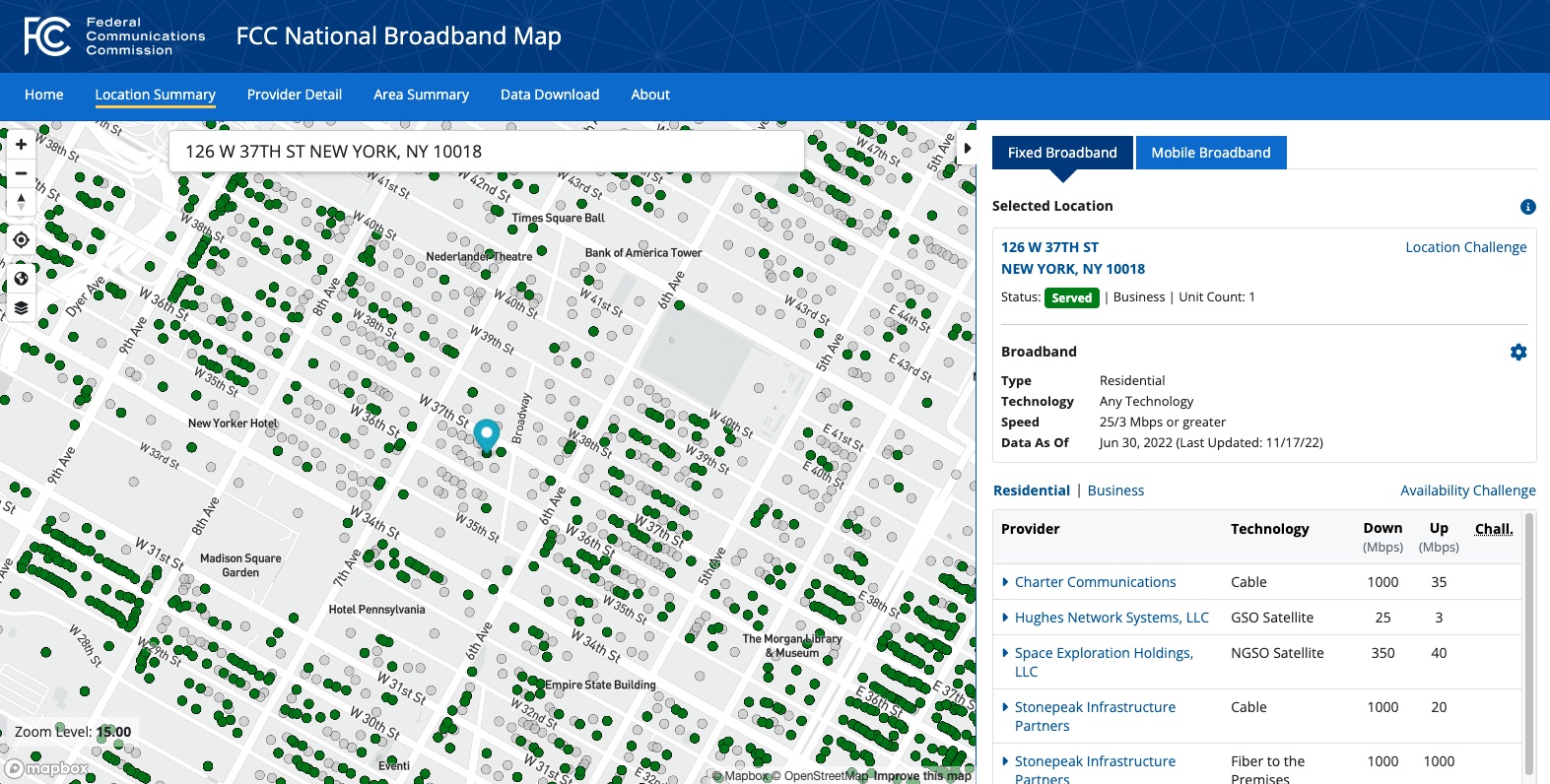Hill Asks FCC to Allow for More Broadband Map Challenges
Citing errors, bipartisan Senate Commerce leadership calls for deadline extension

The bipartisan leadership of the Senate Commerce Committee wants stakeholders to have more time to challenge the accuracy of the Federal Communications Commission’s new broadband availability map given what they said were the "significant flaws" already discovered in the draft map.
That came in a letter Thursday (December 22) to FCC chair Jessica Rosenworcel and National Technology and National Telecommunications and Infrastructure Administration chief Alan Davidson from more than a dozen senators, led by Commerce Committee chair Maria Cantwell (D-Wash.) and ranking member Roger Wicker (R-Miss.).
Last month, the FCC released its first draft of a new broadband availability map meant to more accurately represent broadband coverage as the Biden administration pushes tens of billions of dollars toward its universal broadband pledge.
The agency has been working on gathering better data — officially its Broadband Data Collection (BDC) effort — under orders from Congress in the Broadband DATA Act and on its own dime.
The FCC has conceded the mapping is an iterative process that will be improved by stakeholder challenges.
The FCC was charged by Congress to come up with better maps and NTIA is supposed to use that information to hand out those tens of billions of dollars in broadband subsidy money targeted to where that money is needed most.
Also: FCC Unveils New Broadband Map
Multichannel Newsletter
The smarter way to stay on top of the multichannel video marketplace. Sign up below.
Given that dual FCC/NTIA effort, the legislators said, “it is absolutely critical that states, tribes, localities, and stakeholders have the necessary time to help ensure that the FCC’s final maps accurately reflect unserved and underserved areas.”
The senators want the FCC to extend the deadline for challenges by “at least” 60 days — to March 14, 2023.
The legislators cited some examples where the FCC maps don't jive with a Microsoft analysis of where broadband is and isn't, and are clearly troubled by the disparity. For example, they say, in Washington state, 60% of the residences and businesses in one town on Tribal lands were missing from the FCC map, while in Mississippi, the state broadband office says a “tremendous amount” of addresses were missing in “high-growth” areas.
“Based on this initial review, it is clear that states and local communities need more time to review and analyze the maps and submit challenges to the data than the six weeks (which cover the busy holiday season) currently provided,” the senators wrote. ▪️
Contributing editor John Eggerton has been an editor and/or writer on media regulation, legislation and policy for over four decades, including covering the FCC, FTC, Congress, the major media trade associations, and the federal courts. In addition to Multichannel News and Broadcasting + Cable, his work has appeared in Radio World, TV Technology, TV Fax, This Week in Consumer Electronics, Variety and the Encyclopedia Britannica.

